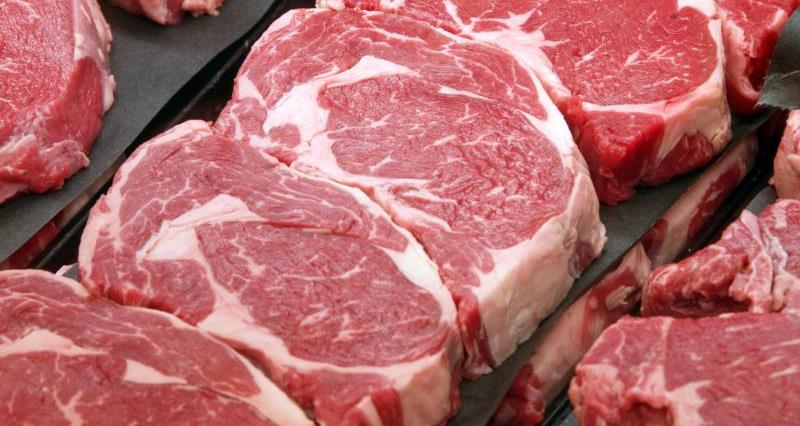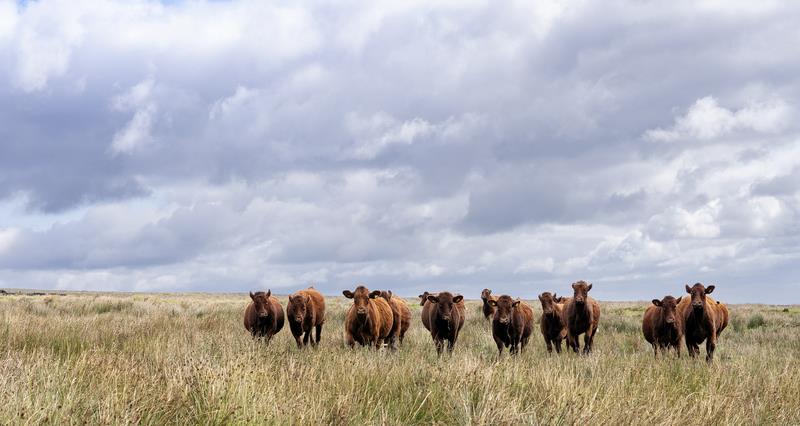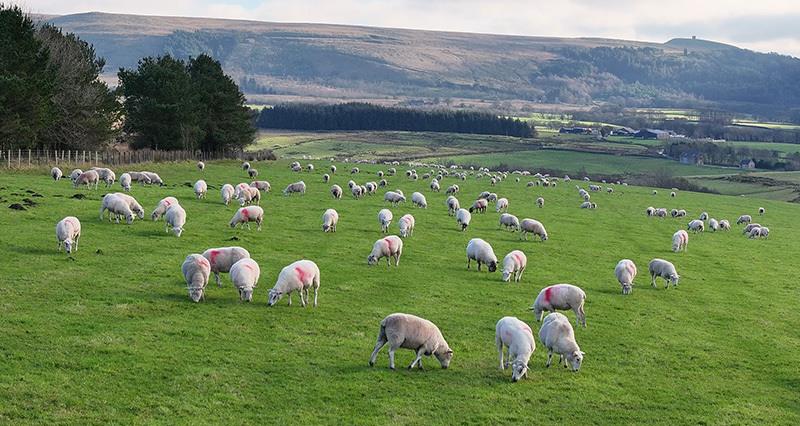The world’s protein supply is getter tighter and tighter. Let’s make the most of it and breed our livestock with confidence this autumn.
As part of my role as chair of the national livestock board, I meet many processors. Their number one concern at the moment is meeting their customers’ demands and keeping plants busy and running close to capacity. Livestock numbers, particularly cattle, are unfortunately decreasing. This is disappointing to see when British livestock farmers can produce red meat sustainably and to a quality we can be proud of.
Yet, despite this tightness of supply, demand for red meat continues to grow.
AHDB expect British beef consumption to increase both domestically and in markets across the world, particularly among the younger consumers.
Younger consumers here in the UK see protein as the key to a healthy lifestyle, and rightly so. Research from showed that searches on their website for ‘high protein’ increased by 105% over the course of a year, and steak sales have gone up by 24%.
Ocado Retail also says that 62% of people aged 16-34 are eating more protein than they used to. Consumers are turning away from ultra-processed foods in exchange for natural, wholefood options.
Demand at home and abroad
Yet, this is not just a UK phenomenon – it's happening globally. The OECD expects .
In Australia just recently, the national lamb sale record was beaten in Forbes, New South Wales. Lambs were selling at roughly £210 per head, showing an incredibly high demand for Australian trade.
Similarly, American consumer demand has been incredibly strong over the last year.
According to the , fresh beef retail sales volumes have grown by 6.3% year-on-year in the 52 weeks to late May 2025, despite a 5.4% rise in the average retail prices. US flocks and herds also continue to shrink, putting further strain on supply.
Impact from trade tarriffs
International trade has been turned on its head and continues to be unstable, adding further stressors to the supply chain.
China’s retaliatory tariffs against the US escalated quickly in early April to reach . The tariffs were reduced through the Geneva Joint Statement in May, but this agreement is only for 90 days. There is little clarity on what happens next.
The US sees China as a key fifth quarter market, and with its loss could mean many of these products are rendered in the US therefore losing their value.
Opportunities
We hope our change to negligible BSE status, announced earlier this year, will open further opportunities for increased trade in a range of cuts including fifth-quarter products.
Ultimately, what this means for NFU livestock members is that there is a huge opportunity for us.
It would be naïve of me to say that this opportunity does not come with challenges. Inheritance tax, the dry weather we’ve been having, bTB – they all put a huge financial and emotional strain on our businesses.
However, what we can focus our minds on this coming autumn is retaining that breeding stock, considering building herds and flocks back up, and knowing our product is highly sought after both domestically and globally.
Let us make the most of this market demand.




